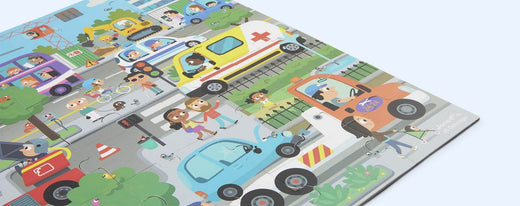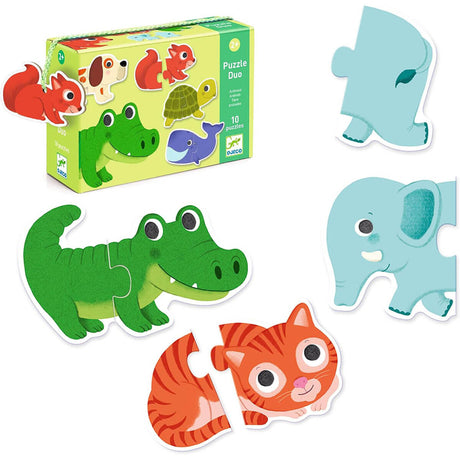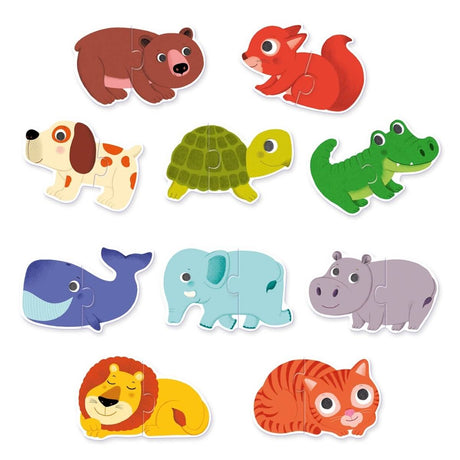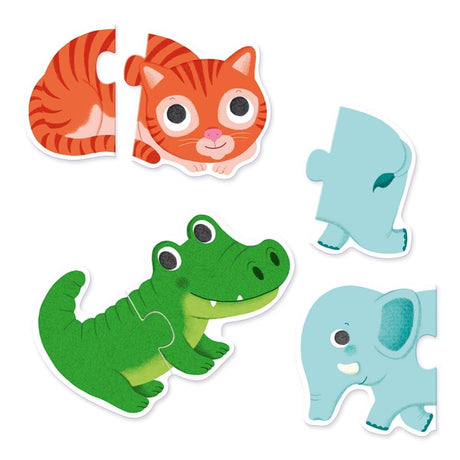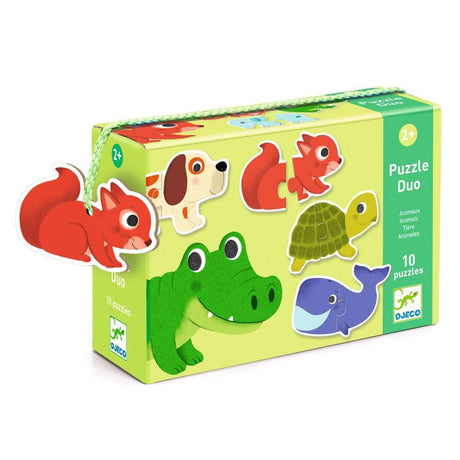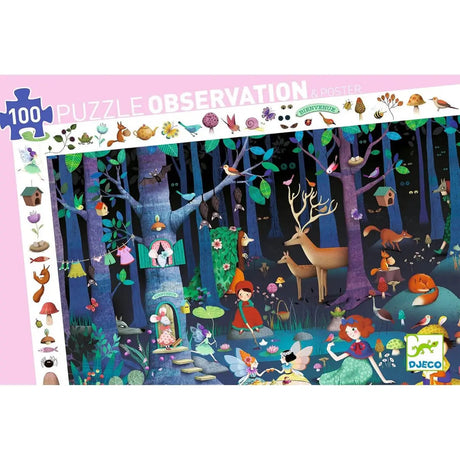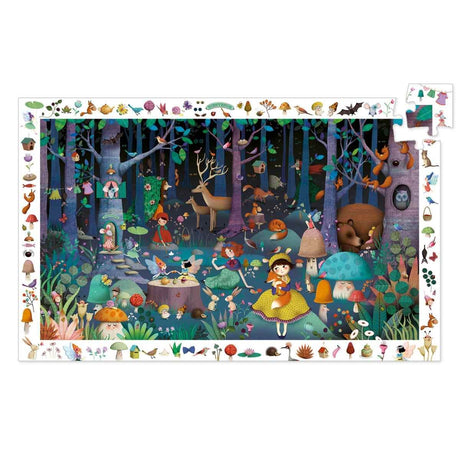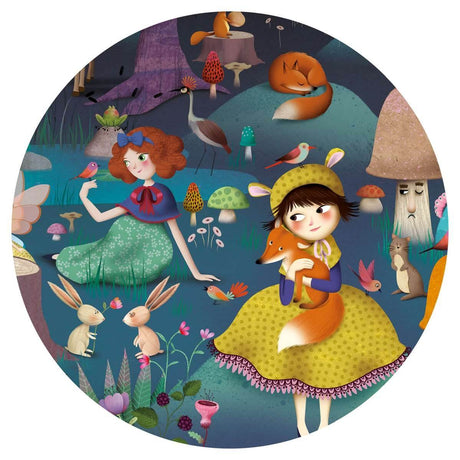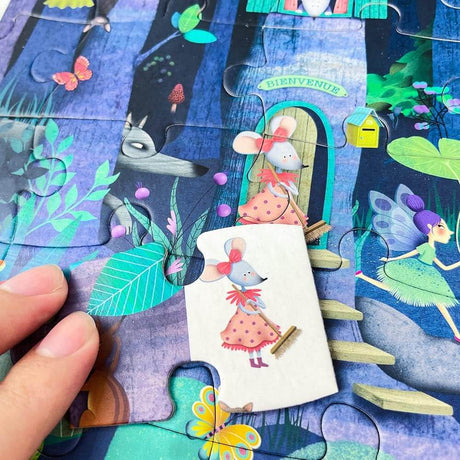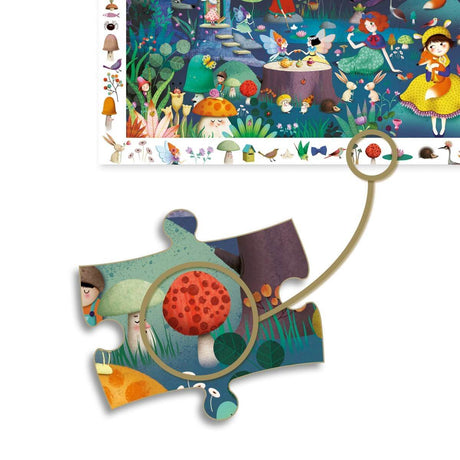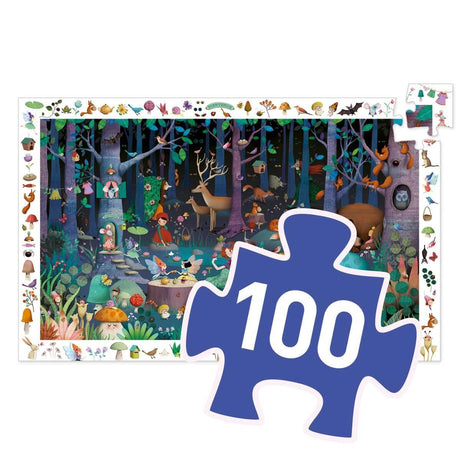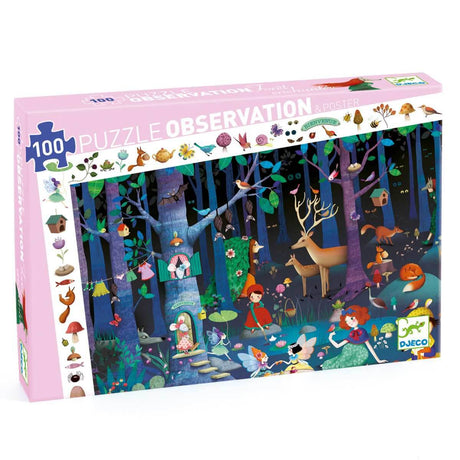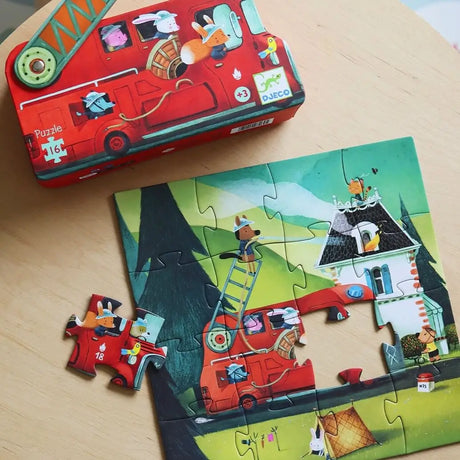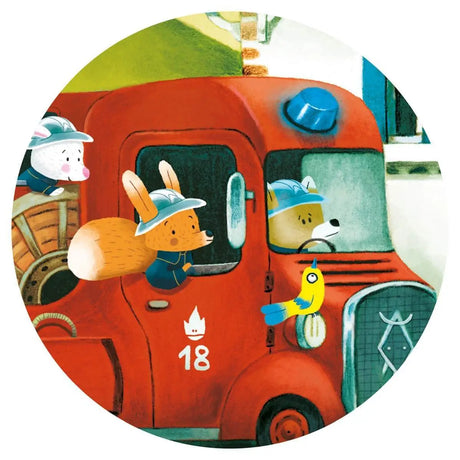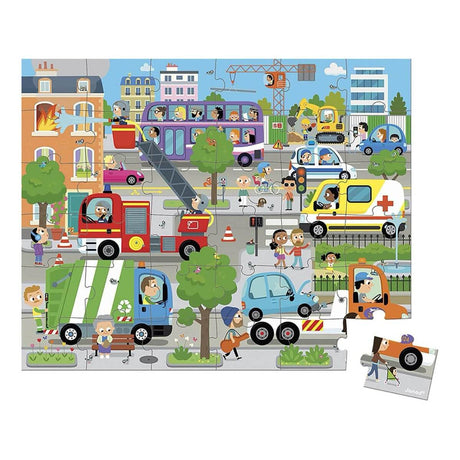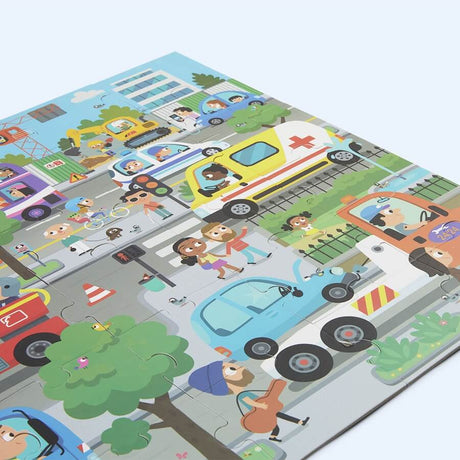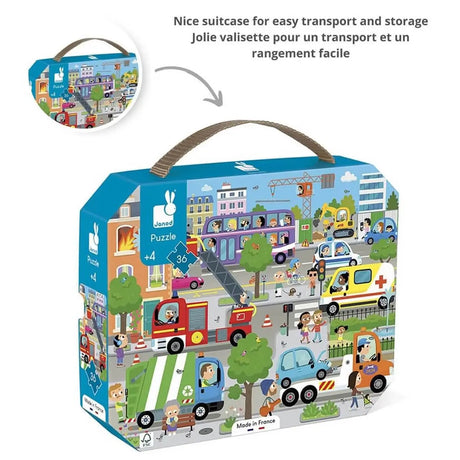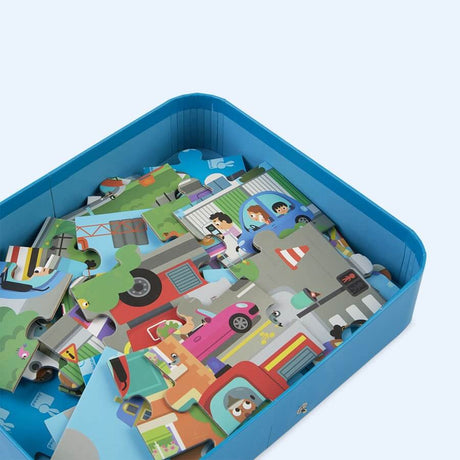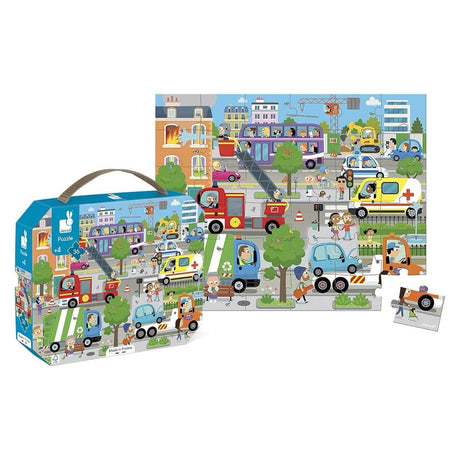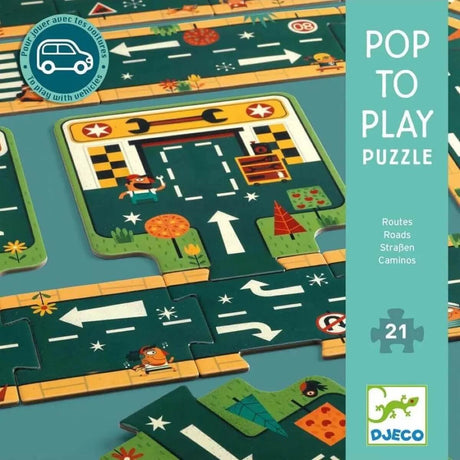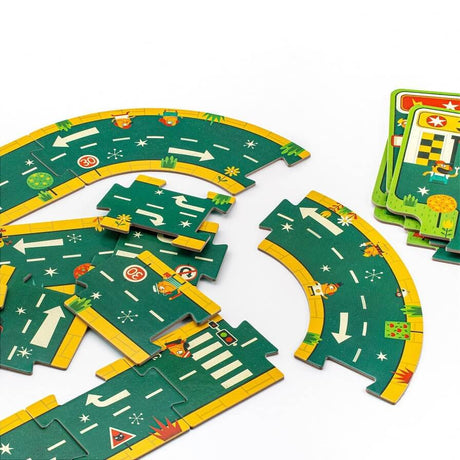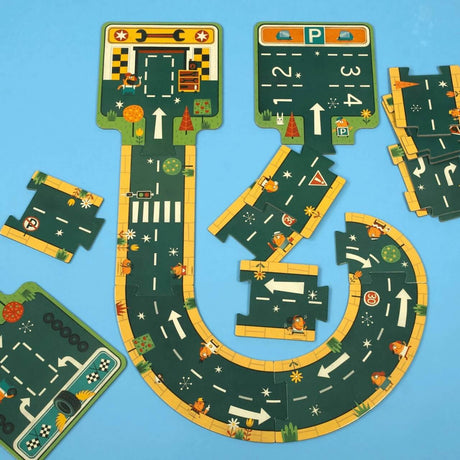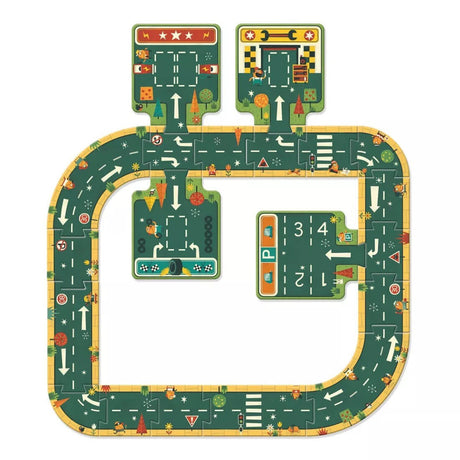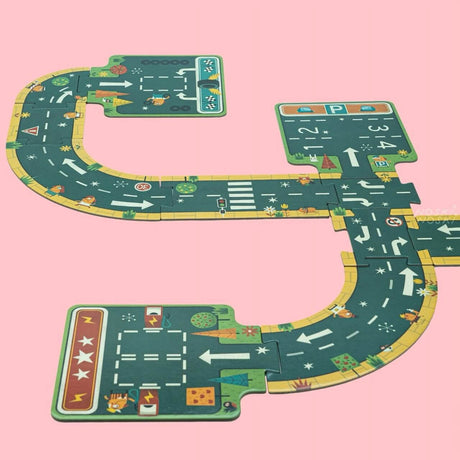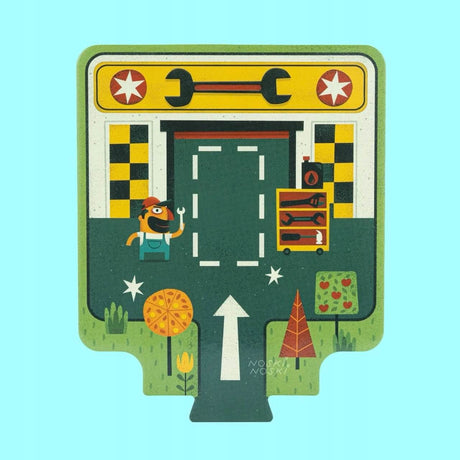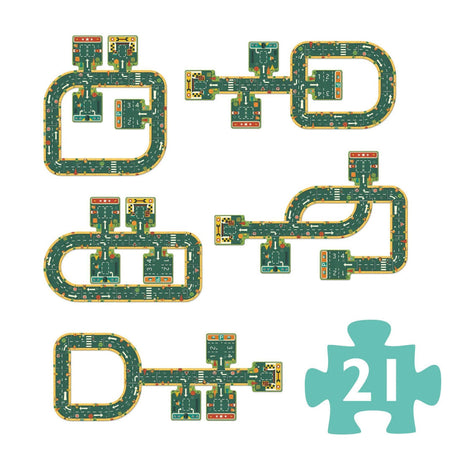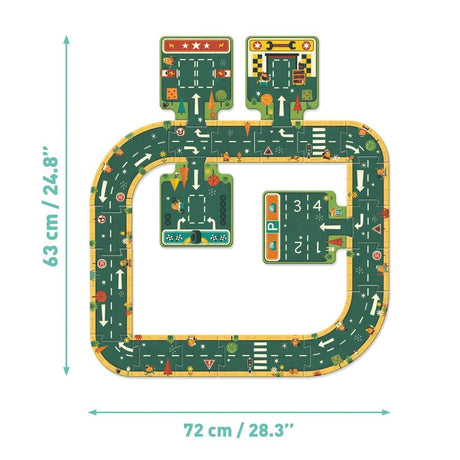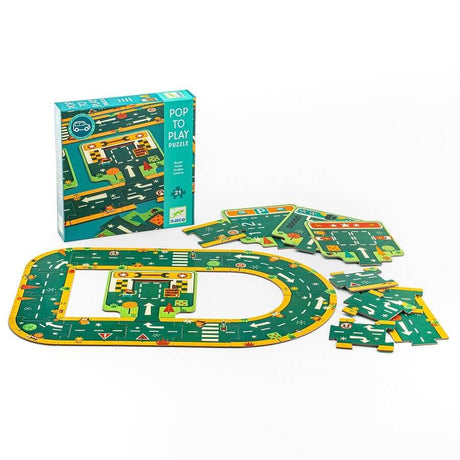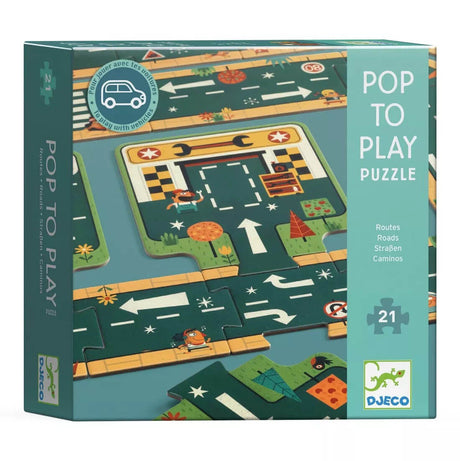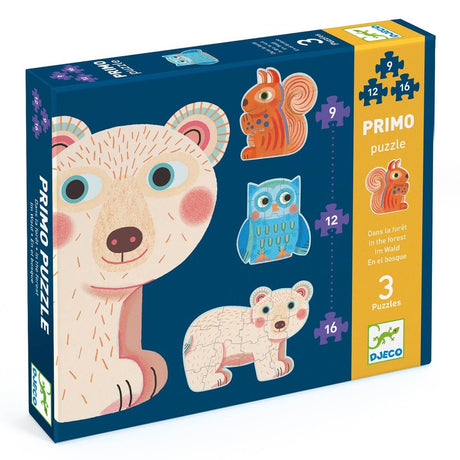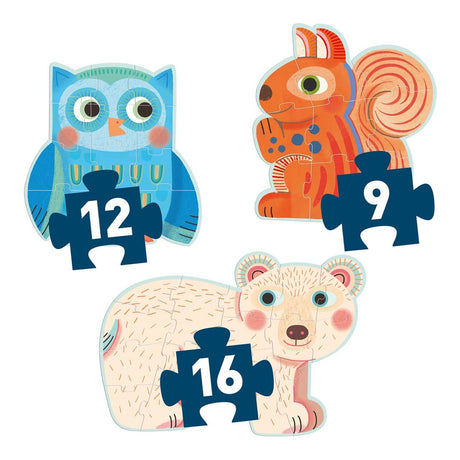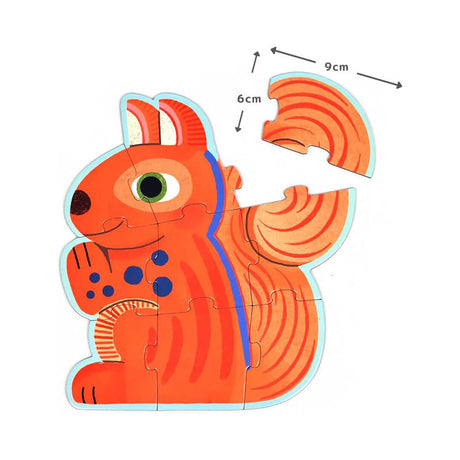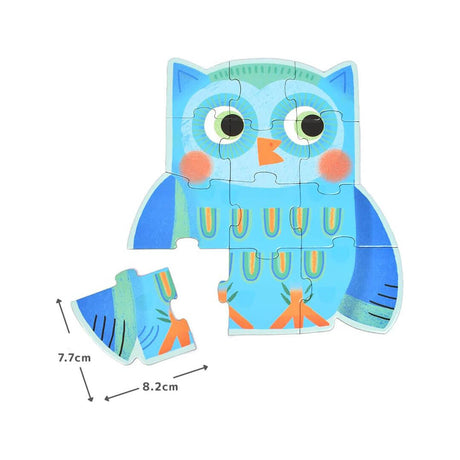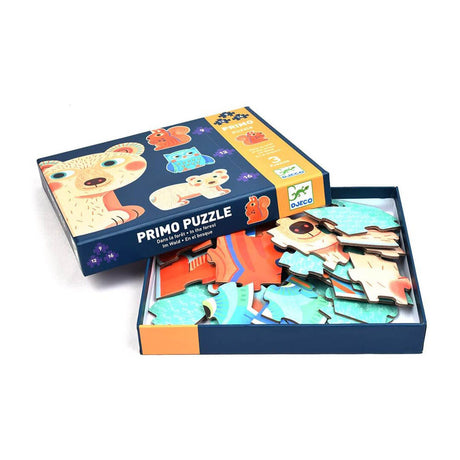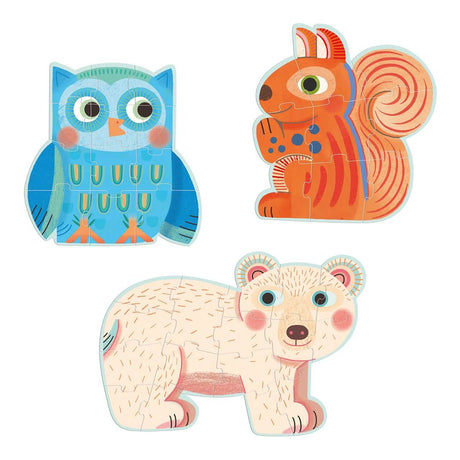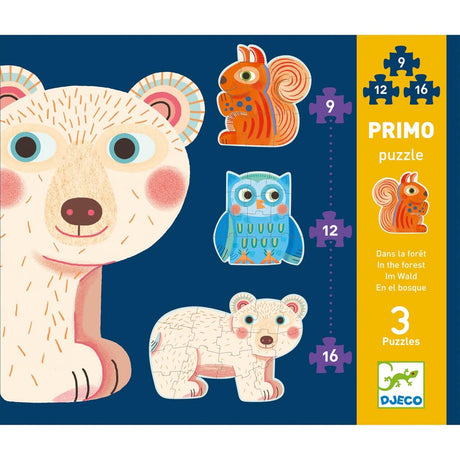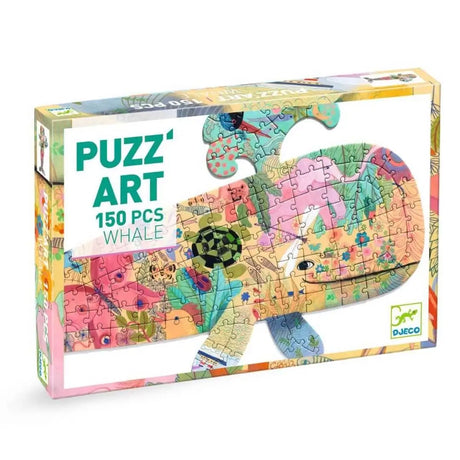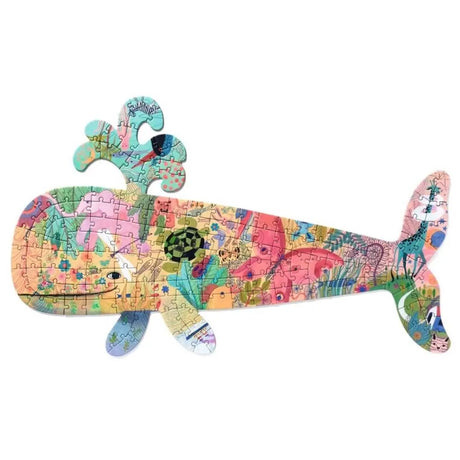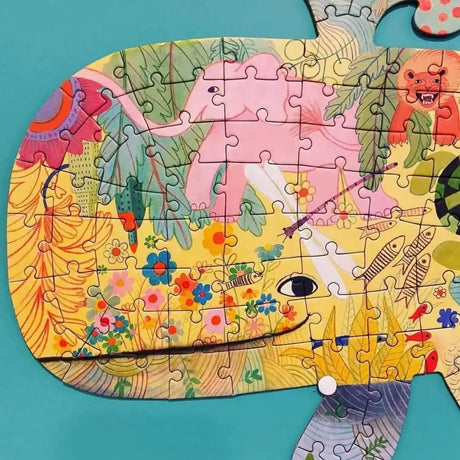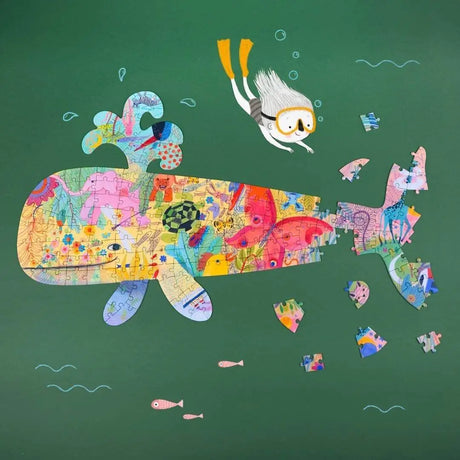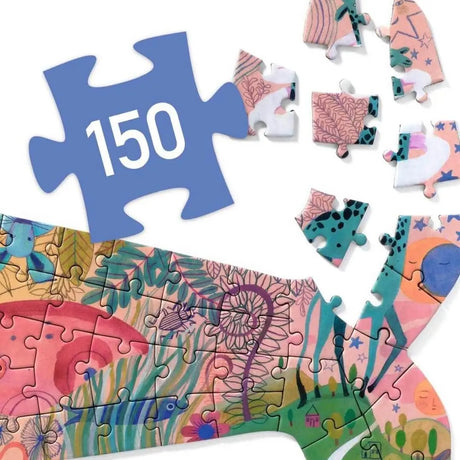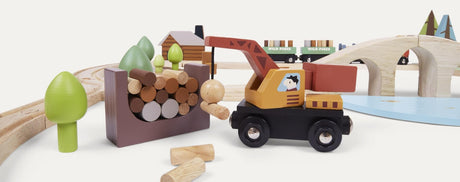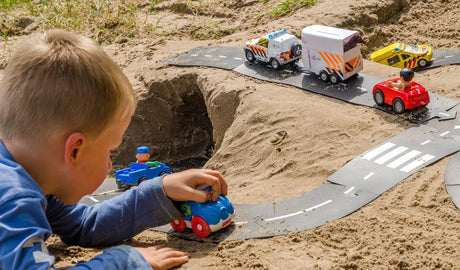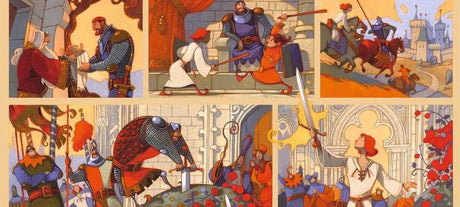Puzzles are games that can provide an enriching gaming experience for children of all ages. In addition to being fun, they offer many developmental benefits.
Benefits of Puzzles
Puzzles are a great way to develop cognitive skills and problem-solving abilities in children. By manipulating the puzzle pieces and working to fit them together, children can develop their critical thinking and problem-solving skills.
Additionally, puzzles provide a unique tactile play experience that can help develop hand-eye coordination and fine motor skills in children.
Puzzles are also a great way to encourage patience and perseverance in children, as they often have to work on a puzzle for an extended period of time before completing it.
The benefits of puzzles
By doing puzzles, a child develops:
- his concentration , because he must keep his attention on the task at hand;
- his perseverance , since he will not find where to place the piece on the first try;
- his perception of colors, shapes and space;
- his hand-eye coordination , because when he grabs a piece of the puzzle, he must direct it and place it in the appropriate place;
- his ability to think, because he makes connections between the shape of the pieces and the locations where he can place them;
- his memory when he does the same puzzle several times and tries to remember where to place the pieces;
- his self-confidence , because he feels a lot of pride when the puzzle is completed, especially if he did it alone;
- his ability to calm down , if he sometimes tends to feel overexcited or anxious.
Ideas for putting puzzles to good use
Puzzles can be used in different ways to encourage development and learning, depending on each child's age and interests. Here are some ideas for using puzzles
- Puzzles can be used to improve language skills in children. By choosing puzzles with educational images, children can learn new words and develop their vocabulary.
- Puzzles can also be used to improve fine motor skills in children. By manipulating the puzzle pieces, children can improve their hand-eye coordination and dexterity.
- Puzzles can be used to encourage children's learning of shapes and colors. By choosing puzzles with colorful images and distinct shapes, children can learn to identify and associate shapes and colors.
- Puzzles can be used as a group or family activity. By working on a puzzle together, children can learn to collaborate and solve problems together.
- Puzzles can be used as a calm activity to help children relax and focus. By choosing a puzzle that is appropriate for the child's age and interests, you can help your child focus and relax.
How do I choose the right puzzle for my child?
Obviously, it is important to choose the right puzzle that matches your child's needs and age. Here are some criteria to consider and advice to help you make the right choice:
1. Consider your child's age
Puzzles are often categorized by age group. It is essential to choose a puzzle that matches your child's abilities and interest. Puzzles for toddlers generally have larger, easier-to-handle pieces, while puzzles for older children have smaller, more complex pieces.
2. Choose an attractive theme
Children are more motivated to solve puzzles that feature images or themes that interest them. Whether it's animals, vehicles or favorite cartoon characters, opt for a puzzle with a theme that appeals to your child.
3. Check the difficulty level
Puzzles can vary in difficulty. It's important to choose a puzzle that presents a reasonable challenge for your child. A puzzle that is too easy can be boring, while a puzzle that is too difficult can discourage your child. Be sure to read the difficulty level instructions before making your choice.
4. Opt for sustainable materials
Children's puzzles should be made from strong, non-toxic materials. Make sure you choose a good quality puzzle that will hold up to repeated use. Avoid flimsy puzzles that could break easily.
5. Encourage progression
Start with simple puzzles and gradually increase the difficulty as your child develops their skills. This will help him stay motivated and grow in his problem-solving skills.
By following these tips, you can choose the right puzzle for your child and help them develop their cognitive skills while having fun.
Number of pieces adapted to each age
Puzzles for under 2 years old
The toddler tries, through trial and error, to associate a simple shape (square, triangle, circle) with the location intended for it in a container or sorting cube, for example.
Likewise, pegged puzzles are a good choice because the small rod attached to the wooden pieces makes handling easier. The child then exercises his association skills by looking for the space where each piece fits.
Puzzles for 2 to 3 years old
Between 2 and 3 years old, children are interested in puzzles with 4 to 12 pieces that reproduce a simple image with a theme familiar to the child (e.g.: farm animals, the zoo, etc. .).
Choose puzzles with larger and thicker pieces to make them easier to handle.
Puzzles for 3 to 4 years old
The toddler proceeds less by trial and error. He observes more the shape and colors of each of the pieces to combine them correctly. He can probably do a 12-24 piece puzzle.
Choose puzzles made up of large pieces and made of durable material. Opt for a theme linked to the child's preferences to make them want to complete it.
Puzzles for 4 to 5 years old
The child can generally do puzzles of 24 to 48 pieces. If he has been doing it for a long time, he can make puzzles with more pieces and presenting images less close to his tastes. The cardboard puzzle replaces the wooden puzzle.
Puzzles for 5 to 6 years old
Children of this age have better mastery of this game. They can do puzzles comprising 48 to 72 pieces and with more complex illustrations. It is a good idea to encourage him to look carefully at the picture on the box to analyze the pieces.
Puzzles for 6 to 8 years old
At this age, the child still shows interest in doing puzzles. He might be able to do a puzzle with 72 to 200 pieces.
To stimulate him and help him develop his patience, the puzzle can be done on a board. The child can therefore put it away and continue later if he does not have the time or attention to complete it in one go. If a child shows less interest in doing puzzles, suggest doing it in a team to make the activity more interactive.
Shop puzzles for age 2 , ages 3 to 5 , or ages 6 and up.
Final word
In conclusion, puzzles are a fun and rewarding play activity for children of all ages. By encouraging the development of cognitive skills and hand-eye coordination, puzzles can help children develop important skills that will help them throughout their lives.

